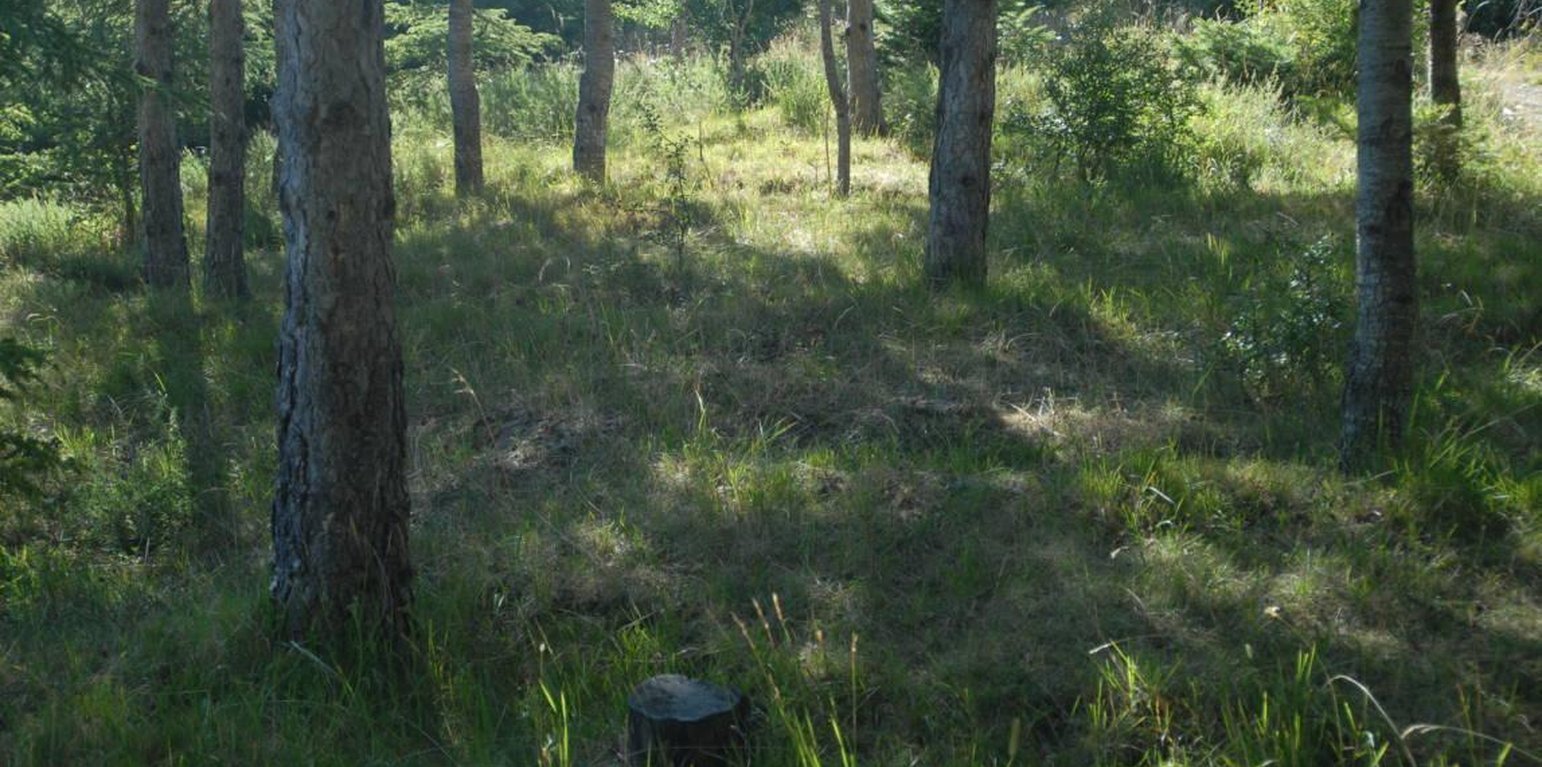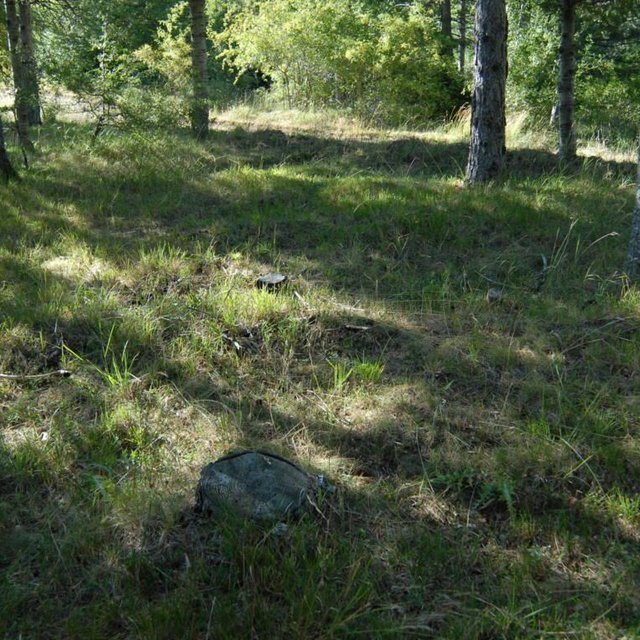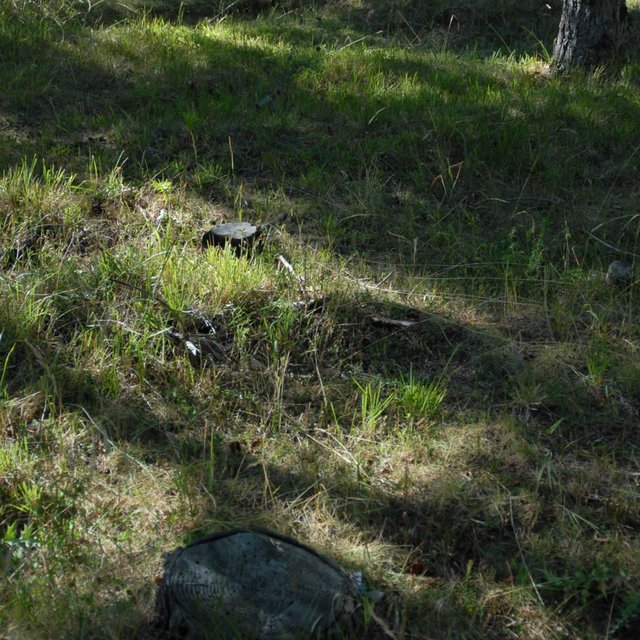



The technique consists of cutting down and removing damaged trees from the forest (for example those damaged by snow) or dried trees, which tend to fuel fires and increase their spread.
Purpose of the Technology: Protection of woods in case of fire and promoting the natural regeneration of forests.
Establishment / maintenance activities and inputs: Clearing activities carried out periodically.
Natural / human environment: The technique is applied in timber forests. The context of production is characterised by a medium level of mechanisation (only the most demanding operations are carried out using mechanical means), the production system is essentially mixed, a small part is destined for personal consumption whilst the bulk of production is destined for local markets. The property is predominantly privately owned but also includes some public land, especially in the case of pasture land. Most farms in the area are livestock farms whilst the agricultural component is destined exclusively for private consumption.
Location: Castelsaraceno, Basilicata, Italy
No. of Technology sites analysed:
Spread of the Technology: evenly spread over an area (approx. 0.1-1 km2)
In a permanently protected area?:
Date of implementation: more than 50 years ago (traditional)
Type of introduction




| Specify input | Unit | Quantity | Costs per Unit (euro) | Total costs per input (euro) | % of costs borne by land users |
| Labour | |||||
| Cutting of trees damaged or dead by mechanical equipment (chainsaw). | ha | 1.0 | 270.27 | 270.27 | 100.0 |
| Total costs for maintenance of the Technology | 270.27 | ||||
| Total costs for maintenance of the Technology in USD | 365.23 | ||||
Aesthetic value
The trees harvested trees in the wood would contribute to increase the soil organic matter if left in place.